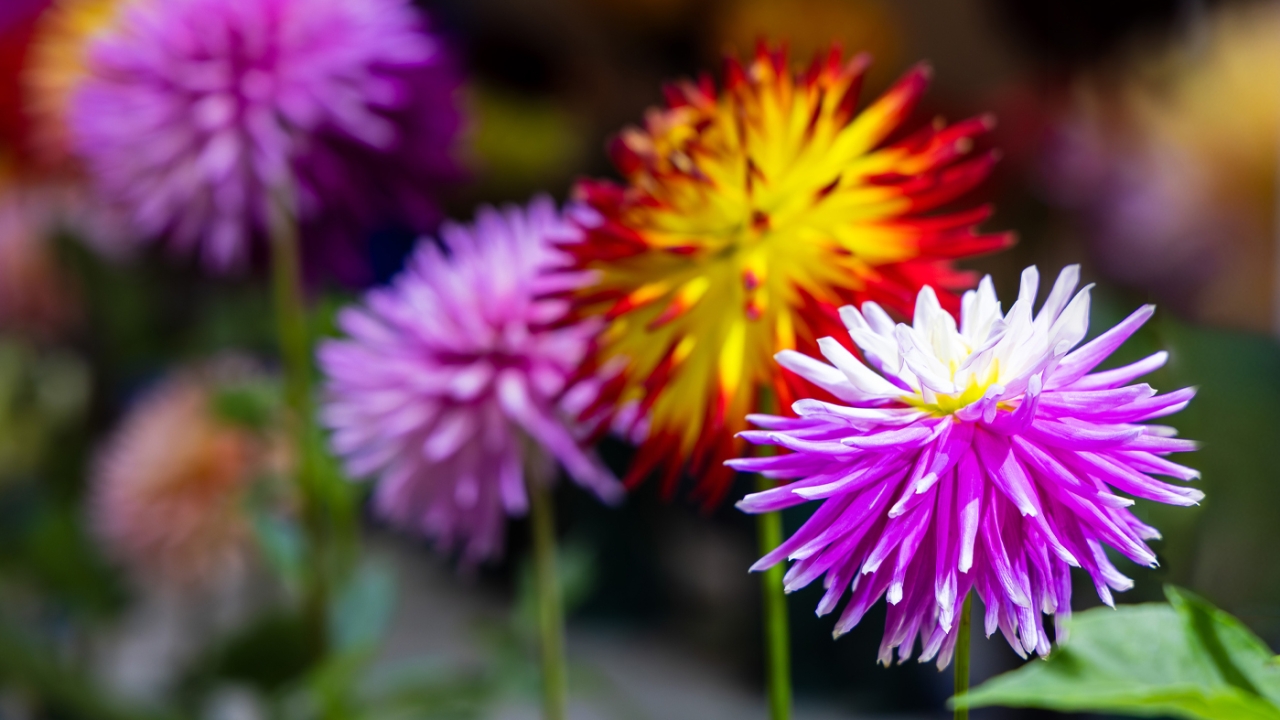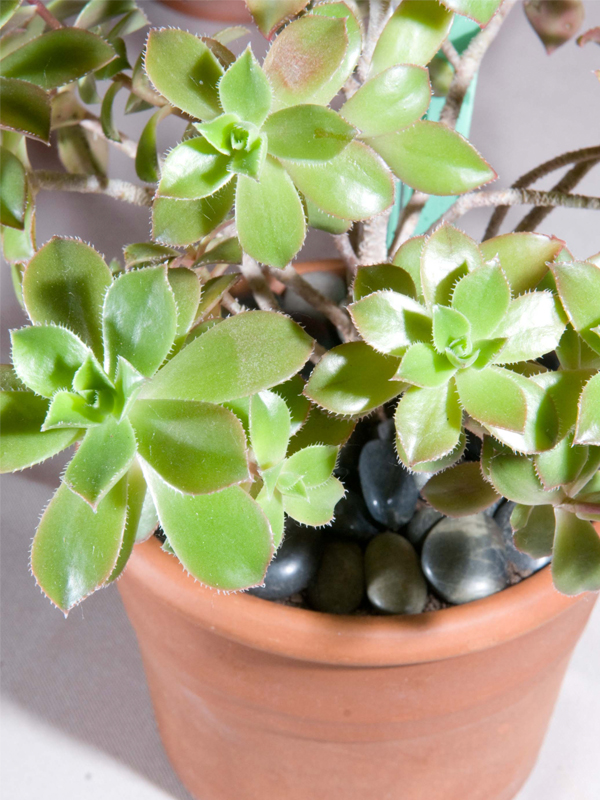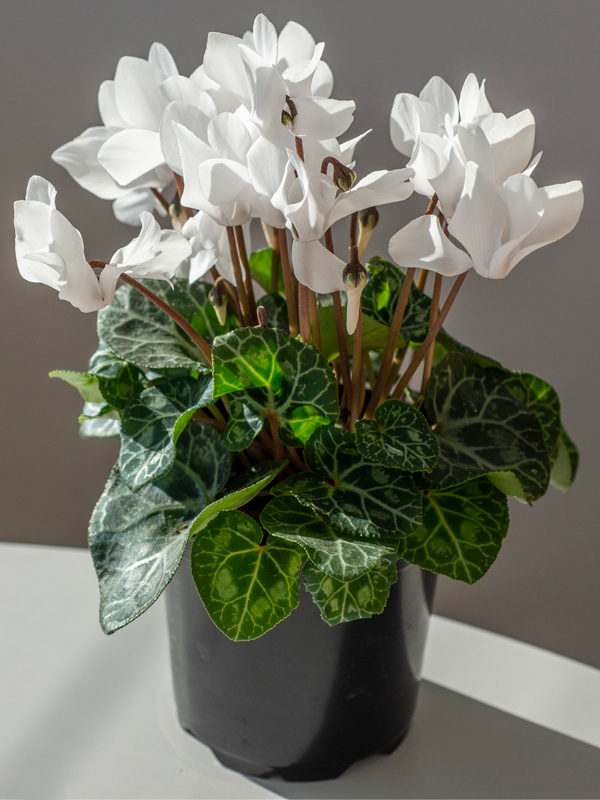

Smart Gardener
Irresistible Houseplants
Have you ever noticed how lovely houseplants look in area nurseries or garden centers? Such lush foliage! Such strong stems! Such gorgeous flowers on the bloomers! No wonder we find houseplants irresistible, and bring them into our homes. Most of us also know that, in addition to being attractive, indoor plants help purify the air we breathe. In fact, NASA proved houseplants reduce indoor air pollution.
Sounds like a win-win situation, doesn't it?

Yet sometimes houseplants bring more angst than pleasure to their people. Once-green leaves yellow, droop, and drop. Stems slump, or wither, or rot. Myriad other signs of distress appear. In a remarkably short amount of time, a thriving indoor plant can become a wretched eyesore, and frustrated, well-meaning owners are left wondering what happened. What happened, to put it very simply, is that the plant's environment changed from ideal to less than ideal.
Match Houseplants to Your Home Environment
Houseplants are called houseplants because, way back, they adapted to life indoors. However, though every houseplant can grow indoors, no single indoor environment can support all types of houseplants. Houseplant species' requirements stem (so to speak) from their places of origin, and therefore vary widely. Some first appeared in the tropics or semitropics, while others emerged in arid deserts. Still others originated in temperate zones. As a result, some plants need loads of humidity and daytime heat, some less; some require constantly moist soil, others must dry out between watering; some like less light, some more. The list goes on!
Put another way, specific indoor environments support specific houseplants. Your key to achieving houseplant harmony lies in understanding which sort of environment your home offers, purchasing your indoor plants accordingly, and caring for them properly. If your environment includes pets, you'll also need to figure out which houseplants are safe. Many indoor plants are benign to animals, but some are poisonous — and there are many websites that can help you identify them.
It helps if houseplants are not only nontoxic but sturdy if they are around pets. "We have a pothos at home that is indestructible, and cats mostly leave it alone," says Tim Johnson, director of horticulture at the Garden.
The good news is that not only is discovering your houseplant environment easily accomplished, it's tremendously fun to contemplate the horticultural possibilities that lie within. Troll around various houseplant websites; muse your way through houseplant-related blogs; most important, take advantage of the Chicago Botanic Garden's many houseplant resources.
Caring for Your Houseplants: The Big Four

Once you decide which indoor plant is best for your indoor environment, purchase it, and bring it home, maintenance begins. You must ensure that your houseplants receive the correct amounts of the Big Four: light, temperature, humidity, and water. These vary not only according to type of plant, but time of year. You'll also need to understand the soil and fertilizer requirements of your plants; however, you can be pretty confident that the plant you purchase at a reputable plant center has been grown in the proper soil and fertilized, so there is no need for immediate action in these areas. Pests are a potential problem. "Monitor houseplants for insect problems that often occur when plants become stressed due to insufficient light; overheated, stuffy rooms; or improper watering and fertilizing techniques," says Johnson. The Garden's Plant Information Service can help if you have questions.
Finally, at some point you may need to repot your plant, and there are also factors to consider in this area — eventually. There's no need to feel overwhelmed! Just breathe deeply (remember, your air is being cleansed), consider your many resources inside and outside the Chicago Botanic Garden, and select the information you need.
Amy Spungen is a writer who lives and gardens in Highland Park, Illinois.

